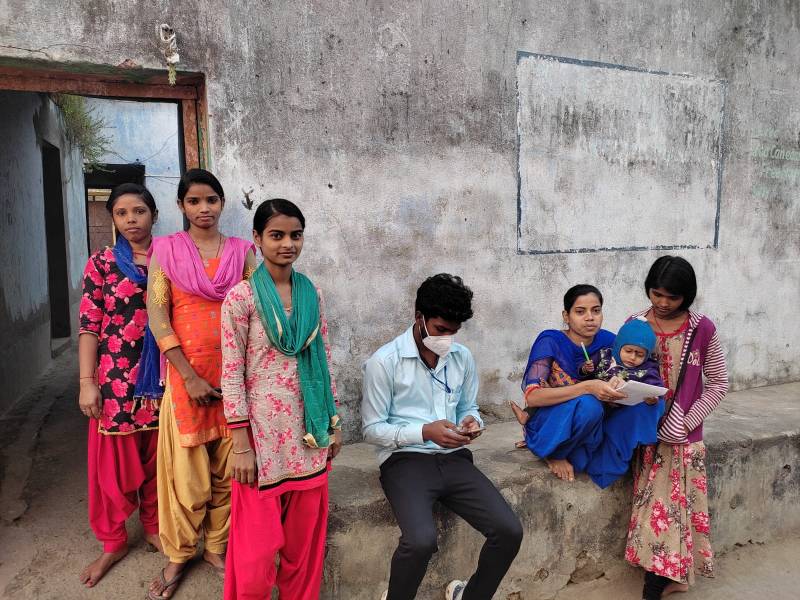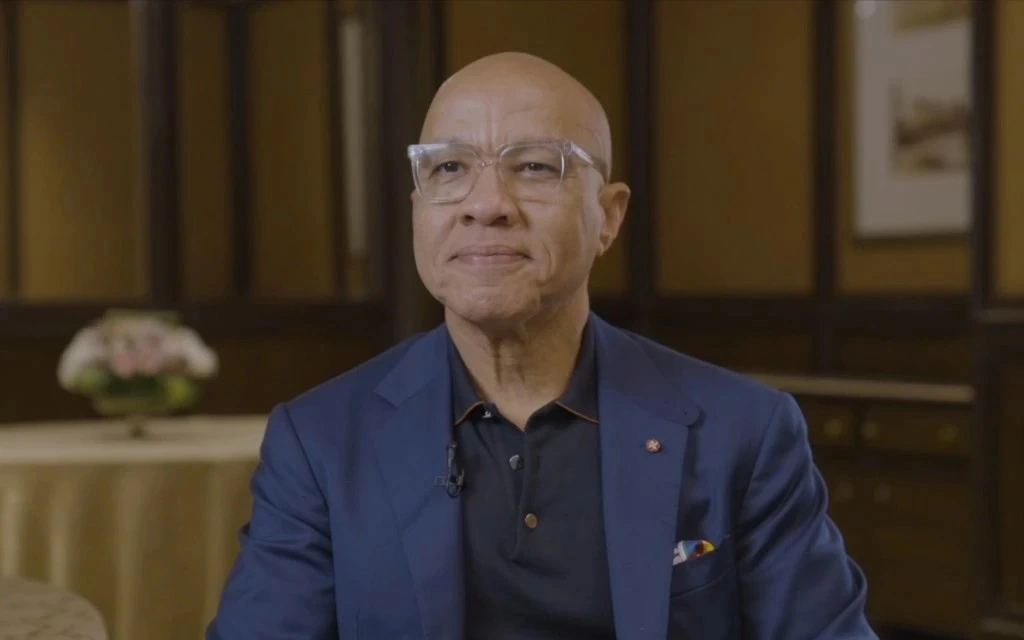The 2002 UN General Assembly resolution defined volunteering as “a wide range of activities, including traditional forms of mutual aid and self-help, formal service delivery and other forms of civic participation, undertaken of free will, for the general public good and where monetary reward is not the principal motivating factor”.
If done right, volunteering has the potential to be a win-win for both the volunteer and the nonprofit organisation they are spending time with. In fact, according to the State of the World’s Volunteerism Report (SWVR) 2011, “At no point in history has the potential been greater for people to be primary actors, rather than passive bystanders, in their communities, to affect the course of events that shape their destiny.”
At Pratham, most of the leadership team members started their journeys as volunteers and eventually went on to lead large-scale programmes across the country. Engaging in volunteering activities opened up various dimensions for each leader, including a better understanding of their interests, making more informed career decisions, and building networks.
When it comes to volunteer engagement then, Pratham has spent the last 25+ years working with more than a lakh of volunteers across the country (embedded in 20,000 communities). Based on that experience, here are some best practices we’ve learned.
1. Communicate the ‘why, how, and when’ effectively
This is perhaps the most important task in the entire value chain of volunteerism. Clear articulation of the programme design, value add to the community, and benefits to volunteers for participating are essential. It is the organisation’s responsibility to harness a volunteer’s time and talents effectively. To do so, organisations can create an induction programme that includes:
- The organisation’s vision, scale, and impact: Doing so builds trust, helps align volunteers with the organisation ethos, and centres their work. At Pratham, we use brochures and video testimonials to help volunteers visualise the movement they will be part of.
- Details of programme design including implementation model and timeline: This helps volunteers get a sense of what they can expect from their involvement.
- Benefits to the community: Giving a big-picture vision of how volunteer participation will help bring about a larger change in the near future is imperative. While immediate impact can be more tangible, a broader vision will inspire volunteers to stay connected to the cause.
- Benefits to volunteers: Sharing the value proposition of joining the project as a volunteer gives an extra boost to morale. In our experience, one of the largest benefits that organisations should not forget to mention is that of gaining multiple life skills—including problem solving, communication, confidence, and leadership.
2. Adopt the ARF (activity, reflection, feedback) training methodology
Short-duration training with activity-oriented methodologies works best for volunteers. At Pratham, we follow the ARF methodology for most of our volunteer training. For example, if the volunteers are expected to conduct a village-level survey, the activity involves doing the survey with fellow volunteers and role-playing the interaction with dummy sarpanch stakeholders. During the reflection part, each volunteer is asked to share learnings, doubts, and questions within pairs/groups. In the feedback section, trainers and fellow volunteers share any feedback they have. We have found that making the training delivery interactive in this way is key to creating an immersive experience.
3. Bring novelty in tasks, roles, and responsibilities
Engaging volunteers in a variety of tasks at different intervals helps sustain their enthusiasm. These tasks can include conducting a survey, recording a video testimonial of community members, curating an exhibition, conducting learning camps with community children, and organising waste management drives.

4. Offer learning-based incentives
Sometimes, giving volunteers monetary incentives can be out of budget. In case it is, we have found that non-monetary incentives go a long way in sustaining volunteer interest. For example, Pratham offers short learning modules on the fundamentals of seven different industry trades to its volunteers. These courses offer a glimpse into the various career pathways available in different sectors, something we have found is of interest to volunteers. Other avenues organisations can explore include upskilling sessions for digital tools, basic MS Office skills, or anything the volunteers are eager to learn. In addition, certificates serve as a great incentive.
5. Share collective progress
Holding regular meetings to share project and volunteer progress helps instil a sense of ownership. Every field leader should share the impact of the project with volunteers while also taking their inputs and suggestions for improvement. Volunteers should be encouraged to identify gaps in services and generate new ideas to solve community challenges.
This article was originally published by Pratham.
—
Know more
- Learn more about how volunteering contributes to young people’s empowerment.
Do more
- Contribute your skills as a PILOT with Pratham or become a volunteer with Volunteer for India.





